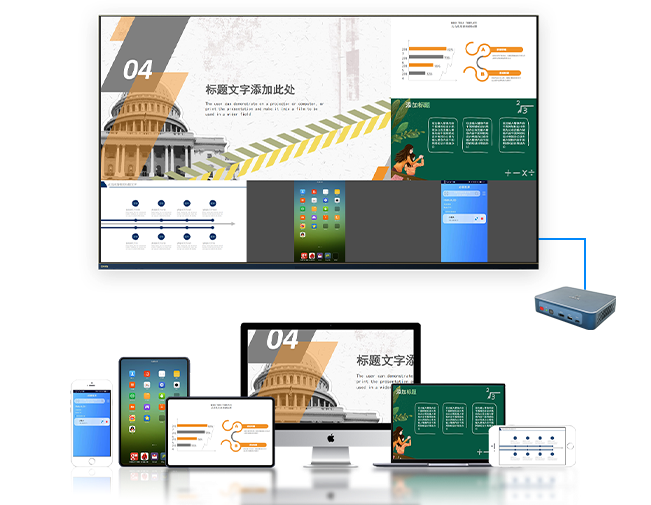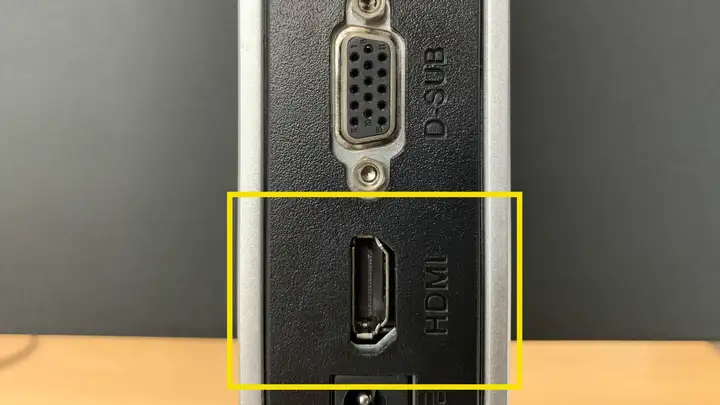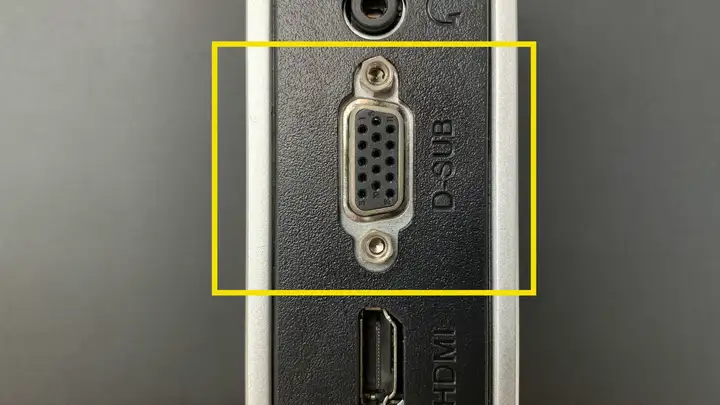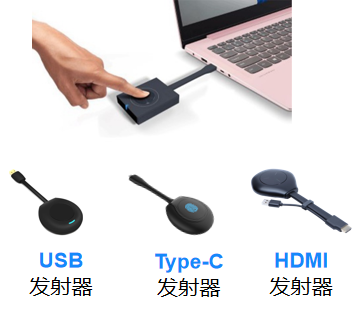Screen projection – using old monitors for mobile phone screen projection

I believe many people have used screen projection, which involves projecting a mobile phone or computer screen onto a TV screen, such as large screen smart office, watching TV, playing games, and taking online classes.
But if old televisions and monitors do not have screen projection function, they can only add peripheral devices to assist in screen projection, which we also refer to as screen projectors.
Screen projectors are divided into two types: wired and wireless.
Wired screen projector
A wired screen projector is similar to a conversion cable, where one end is connected to a TV and the other end is connected to a mobile phone to complete the screen projection.
However, wired projectors also have their limitations, as they typically only have an HDMI interface, which is not friendly enough for older monitors and televisions with only VGA interfaces.


So if a TV monitor with only a VGA interface wants to project the screen, it can only consider a wireless projector.
Wireless screen projector

A wireless screen projector, like a TV box, is connected to the TV, which adds a screen projection function to the TV, allowing for direct wireless screen projection using mobile phones and computers.
The wireless screen projector has strong compatibility, and can be connected to both HDMI and VGA interfaces.
For old-fashioned TVs, monitors, and projectors with VGA interfaces, wireless projectors are undoubtedly the most correct choice.
The Bijie wireless screen projector is compatible with AirPlay, Miracast, WiDi, DLNA, GoogleCast, and BJCast screen projection protocols.

AirPlay is a mirrored projection screen that does not require a WiFi connection. Through the built-in projection function of various brands of mobile phones, it can directly search for signal projection screens, such as Apple’s mirrored projection screen, Huawei’s wireless projection screen, and VIVO’s smart projection screen.
DLNA, on the other hand, is a push video that requires connecting to the same WiFi and displaying the mobile video on the TV screen through push, so that you can watch TV while playing with your phone.
When using mirror projection,2.4G and 5G are the most commonly used transmission methods, and 5G bandwidth is better and more stable than 2.4G. Therefore, it is best to adjust to 5G before screen projection.
If using a computer for screen projection, in the multi display settings of the Win10 system, find the connection to the wireless display, search for the screen projector signal, and the screen can be projected.

On the MAC computer, on the top menu bar, search for screen shots by using interval playback.
In addition to the built-in screen projection of the computer system, another method is to connect a 5G transmitter to the computer and wirelessly project the screen through a one send, one receive method.

This way, there is no need for tedious search and connection steps, nor does it require WiFi, plug and play, and the operation speed is fast.
Moreover, when playing video footage, compared to the built-in screen projector of the computer system, the wireless screen projector is more stable and smooth, making it easy to watch live broadcasts, online classes, and video conferences.
So by using a projector, it is possible to reuse old televisions, monitors, and projectors. You might as well give it a try.